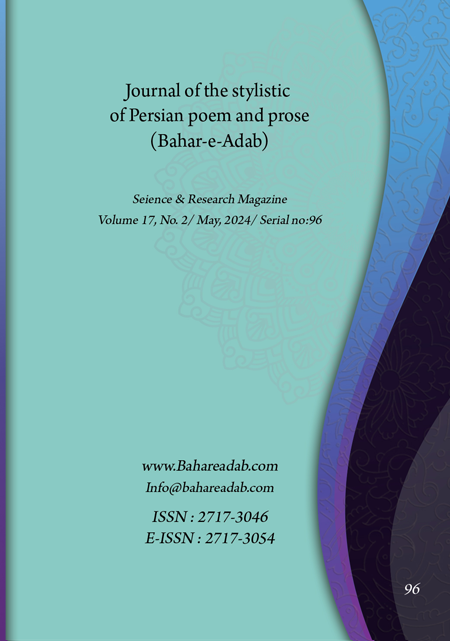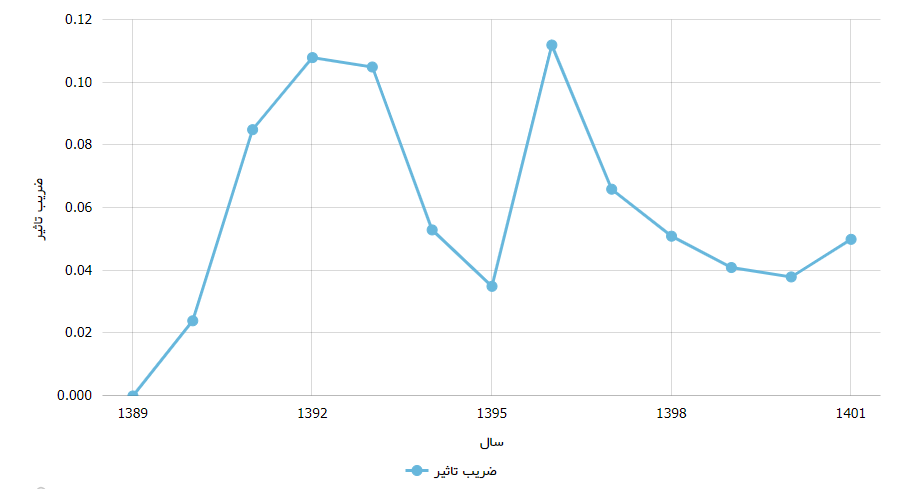Journal ID
Contact Us
address: Tehran Post Box 1558-14665Email: info@bahareadab.com
About the Journal
The Journal of the Stylistic of Persian Poem and Prose (former Bahar-e-Adab) is an open-access monthly publication focusing on the specialized field of Persian prose and verse stylistics. Founded by Dr. Omid Majd, this private monthly magazine published its first issue in the autumn of 2008 and, with the valuable scientific credentials of esteemed members of the editorial board, as well as the rich and valuable articles submitted by distinguished researchers, it achieved a valuable scientific-research rating in the summer of 2009 after a year and a half. This journal follows the Committee on Publication Ethics (COPE) and complies with the highest ethical standards by ethical laws. read more about this publicationJournal Metrics
| Publication start year | 2008 |
| ISC Quartile | Q2 |
| ISC - Impact Factor | 0.152 |
| Issue per year | 12 |
| Published articles | 180 |
| Acceptance rate (%) | 14.7 |
| Research papers | 1,676 |
| Article view | 2,906,308 |
| PDF download | 1,308,655 |
| No. of pages | 35,196 |
| No. of references | 26,816 |
404
صفحه مورد نظر شما موجود نمیباشد. میتوانید به کمک منوها به یک صفحه دیگر بروید.
Your page is not available. You can go to another page with the help of menus
صفحه اصلی - Home pageSearch in Articles
Indexing and Abstracting





